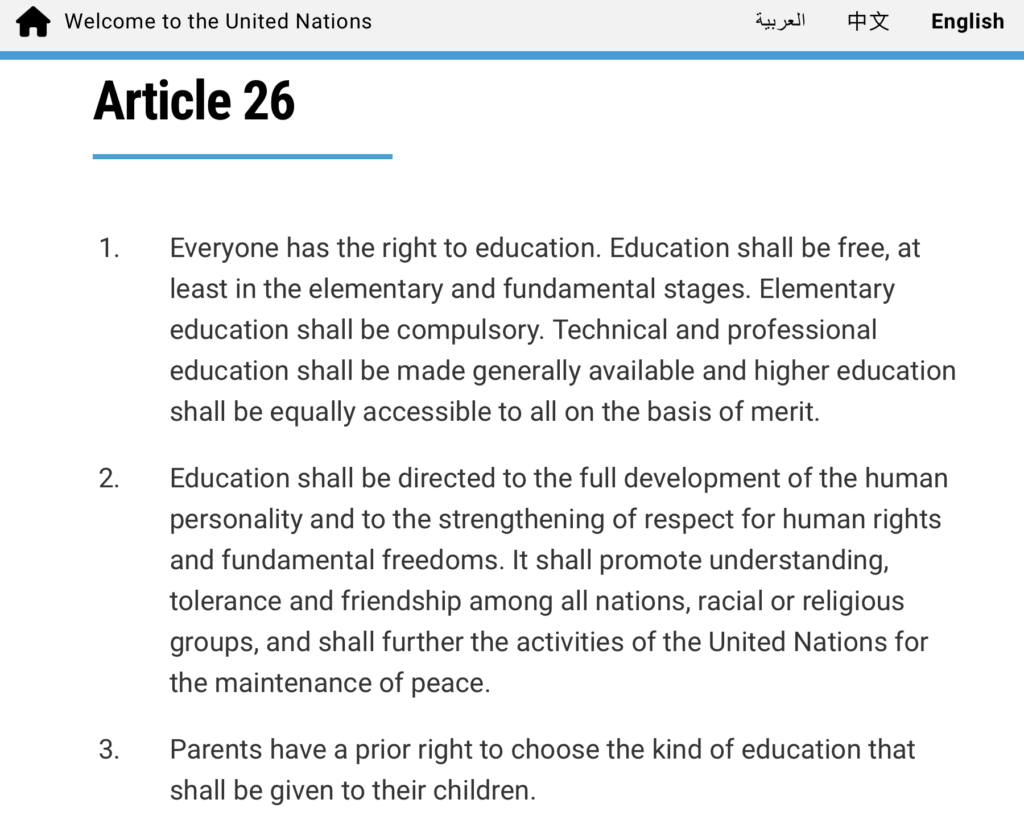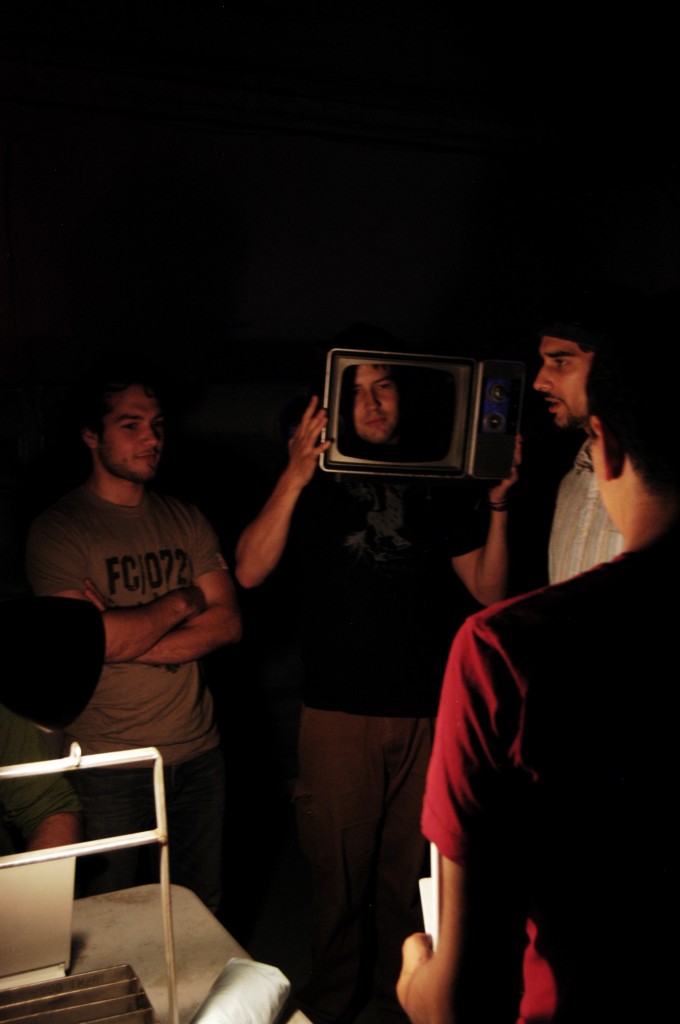Insights from the First Edition of the Asfari Challenge for Social Innovation Program
As Bloom’s program manager during the the Asfari Challenge for Social Innovation (ACSI) program, we faced unprecedented challenges including a global pandemic, economic crisis, political instability, and the devastating Beirut Port explosion. I thought I’d share this report on why we believe the program participants persevered and how it also fostered resilience and post-traumatic growth (PTG). Our findings suggest that structured social support and deliberate reflection can significantly enhance resilience in social entrepreneurs, even amid extreme adversity.
Introduction
2020 was a year of extraordinary challenges globally, with Lebanon facing particularly severe hardships. As we ran the ACSI program with teams across Lebanon, we encountered a perfect storm of crises:
- Global COVID-19 pandemic
- Severe economic downturn
- Political instability
- Resource shortages
- Rising unemployment
- The catastrophic Beirut Port explosion
These events profoundly impacted our participants, with some team members directly affected by the port explosion. Despite these challenges, the ACSI program continued, adapting to provide crucial support during this tumultuous period.
Social Entrepreneurship support organizations, like Bloom, are working in an environment and an age of seemingly accelerating incidences of social, political, and environmental challenges. Thus, identifying the factors that promote post-traumatic growth (PTG) is critical.
Program Approach
The ACSI program employed several key strategies:
- Principles-based training: We focused on core principles of social innovation rather than rigid methodologies, allowing for flexibility in application.
- Quantitative/Qualitative data and reflection: Using the Values In Action Character Profile(VIA) – a psychometrically validated tool – helped us assess and support participants’ character strengths.
- Regular convening circles: We maintained consistent check-ins, even in the immediate aftermath of the port explosion, fostering a supportive community.
Research Findings
Our research compared ACSI participants with a control group of individuals who were assessed but unable to participate in the program. Key findings include:
- Enhanced resilience: ACSI participants demonstrated greater resilience in the face of acute challenges.
- Positive impact of social support: Regular check-ins and a supportive community correlated with improved coping mechanisms.
- Importance of deliberate rumination: Structured reflection on experiences contributed to personal growth.
- Character strength development: Participants showed increases in traits associated with PTG, such as Hope, Persistence, and Gratitude.
The Values In Action (VIA) assessment offers a unique perspective in psychological measurement. While traditionally Psychological measures measure what goes wrong, the VIA identifies what is working well in a flourishing life. We used this psychometrically validated instrument to assess teams before the ACSI accelerator program and after the program’s completion.
Additionally, we assessed a control group of teams who were unable to participate in the program. Our findings revealed a difference: teams who participated in the ACSI program demonstrated greater resilience when facing acute challenges. This observation led us to a crucial question: What specific aspects of the ACSI program contributed to this enhanced resilience?
Diving into the literature, we found connections between social support, asking meaningful questions, and PTG.
Implications for Social Entrepreneurship Support
While traumatic events can destabilize the status quo by disrupting our worldview, how we reconstruct those narratives is critically important. The ACSI program’s structure appears to have provided a framework for positive narrative reconstruction, even in the face of severe challenges.
The originators of the concept of PTG, Tedeschi, and Calhoun, identify Deliberate Rumination and Positive Social Support as important factors in promoting the possibility of growth after a difficulty. We believe one of the reasons teams in the ACSI program fared better is that we developed a “pre-resilience” habit of holding a space where important questions are raised in a socially supportive setting, our check-in circles.
Limitations and Future Research
It’s important to note that while many people experience PTG after difficulty, it’s not universal or expected from everyone. Factors such as prior life experiences, personal schemas, and individual differences play significant roles.
Our study’s limitations include:
- Small sample size
- Focus on a specific geographic and cultural context
- Relatively short timeframe for observing long-term effects
Future research could explore:
- Larger-scale studies across diverse contexts
- Longitudinal studies to assess long-term impacts
- Comparative studies of different support methodologies
We welcome collaboration opportunities with other organizations to expand this research.
Recommendations for Organizations
Based on our findings, we recommend the following actions for social impact accelerators, educational institutions, and businesses:
- Implement Regular Check-ins:
- Establish consistent times for team or community gatherings.
- Example: Establish regular check-in sessions where participants share challenges and successes.
- Foster Deliberate Reflection:
- Incorporate structured reflection activities into programs.
- Develop Personal and Professional Strengths
- Use assessments and activities to help people identify personal and professional strengths.
- Example: Consider using the VIA assessment to identify and nurture key traits and measure flourishing.
- Create Supportive Communities:
- Facilitate peer support networks within and beyond formal program structures.
Conclusion and Call to Action
The ACSI program’s experience during 2020 demonstrates the potential for entrepreneurship training programs to go beyond business skills, fostering resilience and personal growth. By implementing the recommendations outlined in this report, organizations can create more supportive, resilient, and growth-oriented environments for social entrepreneurs.
We invite other organizations to join us in this important work. By fostering resilience and PTG, we can build a community of social entrepreneurs better equipped to drive positive change, taking care of themselves, others, and their mission – even in the face of significant adversity.
For more detailed information and data, please download our full research report: “Character Strengths and Fostering PTG” Character Strengths And Fostering PTG (draft to publish)
To discuss collaboration opportunities or learn more about implementing these recommendations, please contact us at [Insert contact information].
Together, we can unlock human potential for positive change and ensure our teams thrive while creating lasting social impact.

